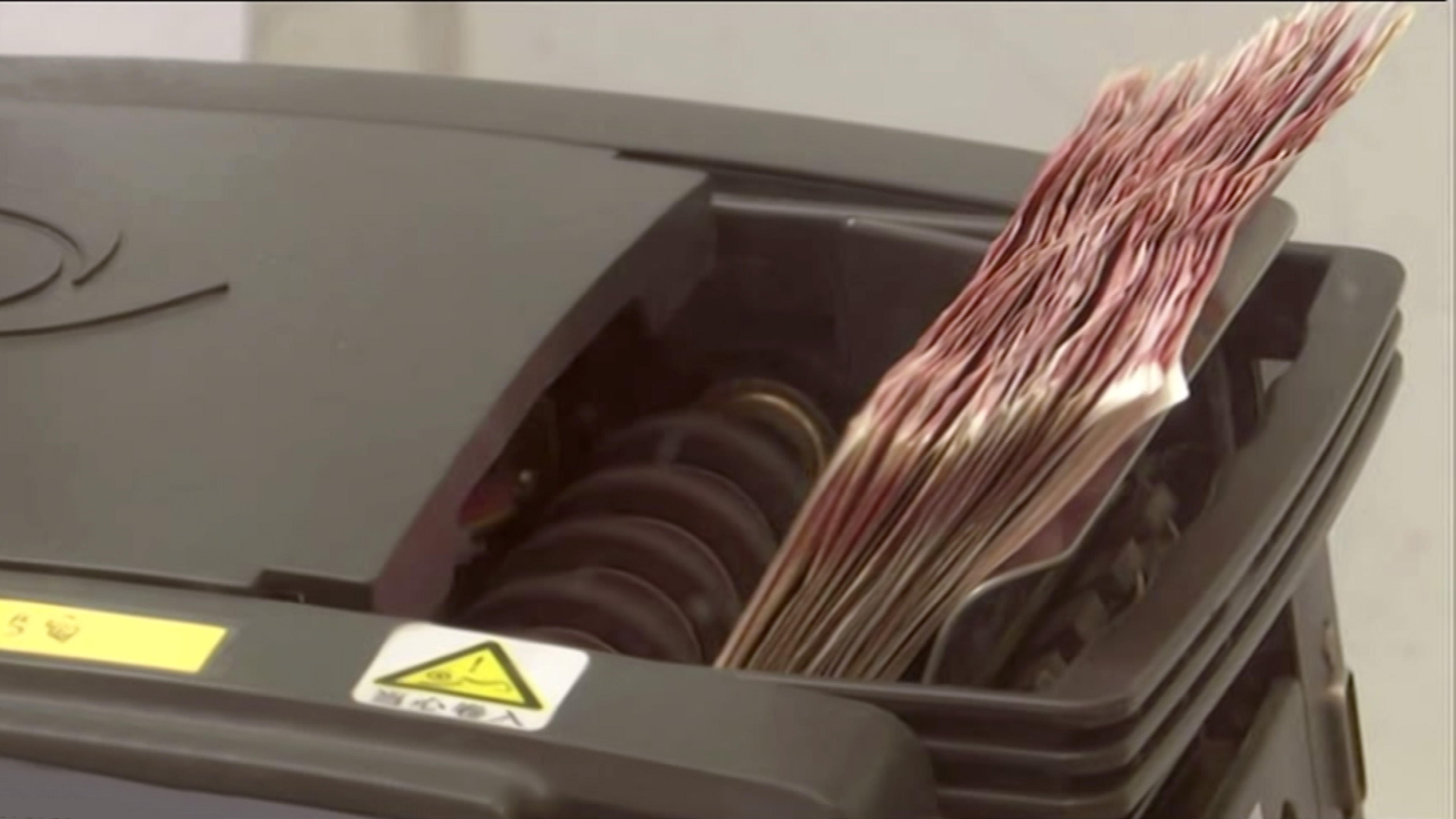02:52

China established its first initial loan center in Beijing in early April, aiming to improve transaction transparency and reducing financing costs for small and medium-sized enterprises (SMEs).
The loan center serves "zero credit" lenders as well as other urgent loan seekers. There are 22 banks, six financing guarantee institutions and micro-finance institutions that have representatives in the service center, making it easy for borrowers to consult and gather information.
Zhu Jincai, president of a Beijing-based environmental engineering company, said he's been looking for loans from various banks, and getting loans successfully also means saving his credit for his clients. He told CGTN that the bank has expedited the process for lending money from at least 45 days to just seven.
"In one or two months or so I will really need the capital flow. The settlement of our projects has a cycle, which may be half a year or a year. If I cannot get a loan, it will affect my business reputation," Zhu said.
The center has set up information sharing with real estate registration, industry and commerce, marriage information, and improved the efficiency of loan reviews.
Zhang Xiaojuan, director of the Financial Inclusion Division at the Beijing Banking and Insurance Supervision Bureau, told CGTN, "We offer a convenient green channel for our clients here. The fastest time in which we arranged money for a company was in a day. It's to reduce the time it takes to approve credit, and support the resumption of production during the outbreak."
As of April 14, more than 400 companies have come in for consultations at the center, reaching the intended loan amount of more than 700 million yuan.
During the COVID-19 outbreak, in order to solve financial difficulties for SMEs, China has issued a number of policies to support financing.
China's central bank has introduced a series of measures to provide accurate financial services for the prevention and control of the pandemic and the development of the real economy. At the beginning of this year, the central bank released 800 billion yuan by cutting the reserve requirement ratio by half a percentage point across the board.
In March, a targeted cut in the reserve requirement ratio (RRR) released 550 billion yuan in long-term funds to be used for loans in inclusive areas.
In addition, financial institutions extended loans totaling 300 billion yuan to SMEs, among other measures.